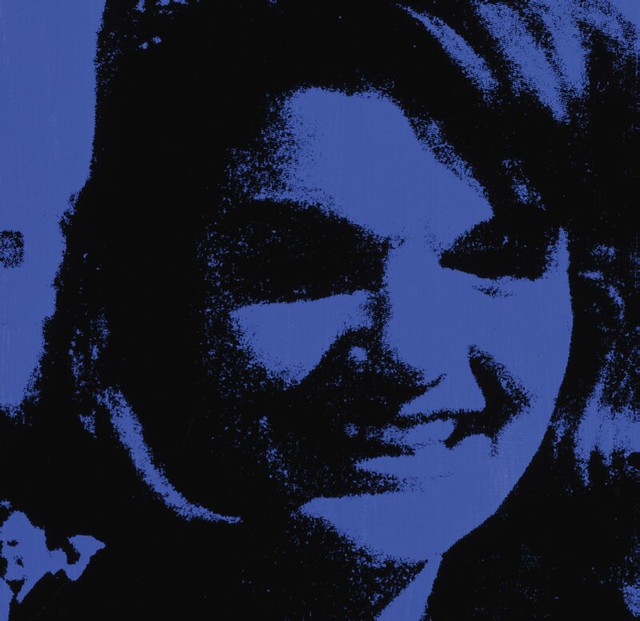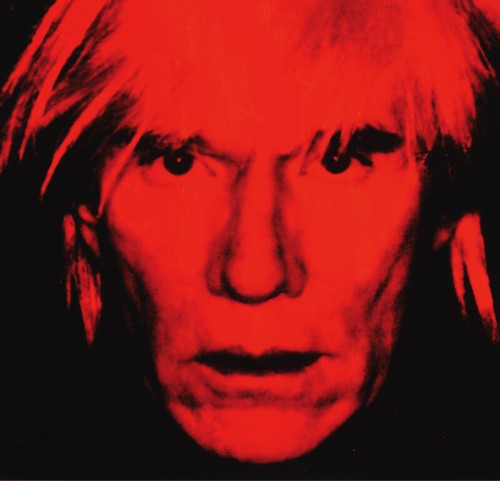
A line of museumgoers extended out of the gift shop and into the courtyard as Dalí Museum workers shuffled behind the ticket counter to accommodate the midday rush. Clad in ashen-hued wigs and red glasses, the nine ticket vendors appeared to be lookalikes of the artist Andy Warhol.
“Warhol: Art. Fame. Mortality.” has been on display at the Dali Museum since Jan. 18, but appears to be a still-popular and well-attended exhibit that serves as an interesting contrast to the museum’s collection of Dalí’s work. Dimly lit and starkly decorated, the exhibit space manifests the austerity of Warhol’s work while inviting the viewer to engage with the concepts of fame and immediacy that served as the artist’s muses.
The purr of Andy Warhol’s Bolex Camera is pumped over speakers while visitors file into the exhibit to have their screen tests made. With the help of a laptop computer and a digital camera that sits just inside the entrance, patrons are allowed to create their own screen tests similar to those made by Warhol on 16-millimeter film years ago. As people scramble through the line to have their own image recorded, Warhol’s interests in self-presentation are underscored by the visitor’s actions.
“Mom is being super serious,” one woman said to her sister while her elderly mother sat for her screen test. “I’m only being sincere!” said the mother as she stared expressionless into the camera.
The question of “sincerity” is exactly what Warhol would have wanted. While directions to “decide how you would like to present yourself” are plastered next to the screen test station, it is clear that both Warhol’s work – and the exhibit itself – are inviting patrons to be both conscious subjects and voyeurs.

Warhol’s famed words, “in the future everyone will be famous for 15 minutes,” are strategically placed several times throughout the exhibit, reminding patrons of the concept of fame that occupies the films, paintings and polaroids that surrounded them. The artist’s preoccupation with self-portraits and self-preservation is echoed even in the opening to the exhibit, which is wallpapered with Warhol’s face.
However, the immortality given by fame is not only for Warhol and the patrons of the screen test station, but also all of the subjects pictured by the artist. In one room, Warhol’s photos of himself, Jean-Michel Basquiat and Keith Haring are organized like a triptych, testing the abilities of fame and the permanence of photography in cementing the legacies of the dead artists.
“Warhol: Art. Fame. Mortality.” will return to the Warhol Museum in Pittsburgh after its time at the Dalí Museum ends on April 27 – but the connection between the museum’s namesakes remains unclear. With the exception of two photographs of Dalí placing a headdress on Warhol that is included in the exhibit, any connection between their work seems unlikely. Though the artists were contemporaries, they were not interested in the same styles or subject matter.

As I left and walked past the line for tickets that still snaked through the gift shop it became clear that it is not the work of Dalí and Warhol that is similar, but the artists themselves. Both are kept alive by the same immortal force: shameless self-promotion. Both artists knew that if you are famous enough, you can never die, and thus, they each stretched their 15 minutes of fame accordingly.
For more information about having your 15 minutes of fame, visit thedali.org .
